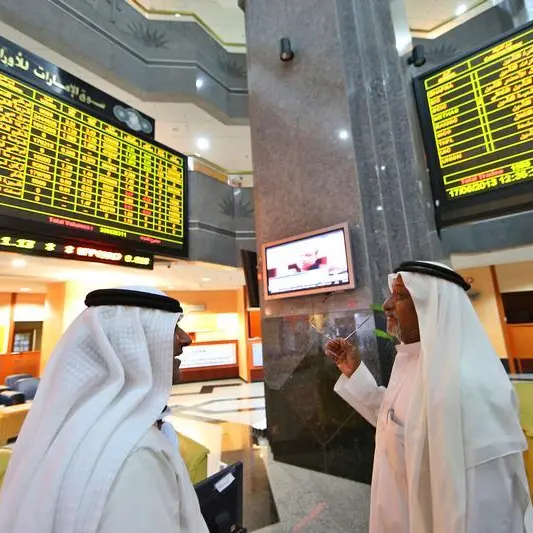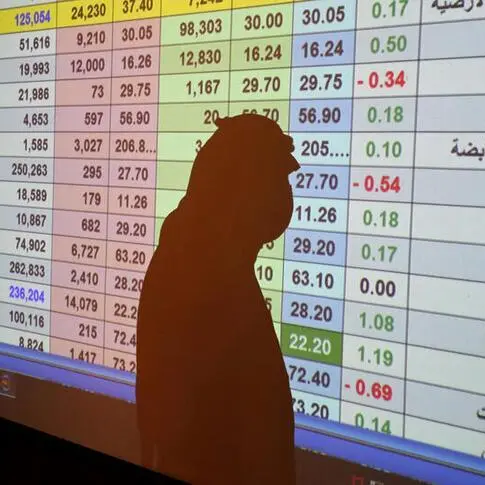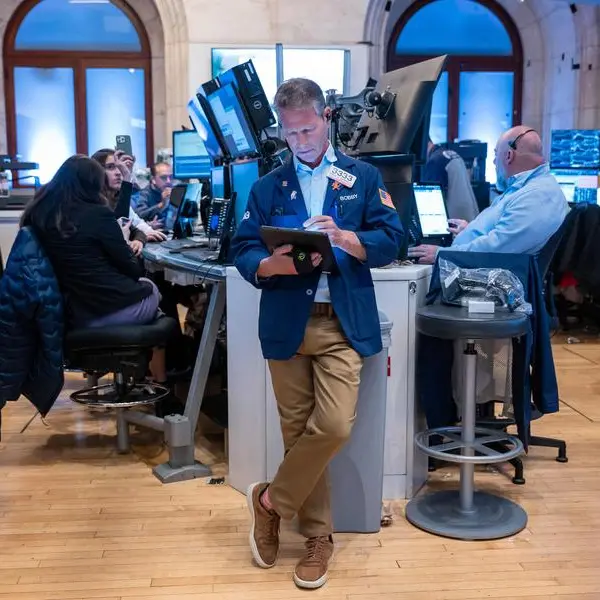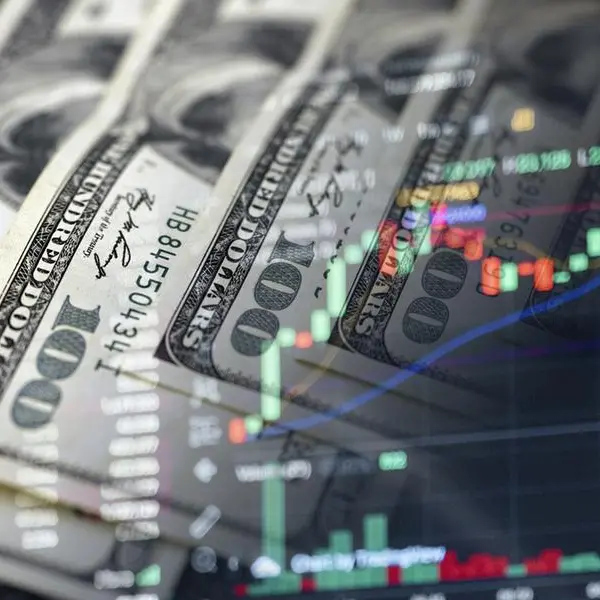PHOTO
The outlook for Oman’s banking sector remains negative, “reflecting the diminishing capacity of Oman's government to support the country's banks in case need,” the Moody’s rating agency said in a statement on Monday.
“The negative outlook also reflects banks' softening asset quality and relatively tight funding,” the statement added, as it pointed out that the sultanate’s gross domestic product (GDP) is forecast to grow by 2.5 percent in 2018, compared to an average of around 5 percent between 2007 and 2016.
The Omani banking sector as a whole has seen shares drop by 2.56 percent since the start of the year, with two of the biggest banks on the index - in terms of market capitalization - Bank Dhofar and National Bank of Oman dropping by 23.26 percent and 3.4 percent, respectively, this year, according to data from Eikon.
Despite this, the banking sector has performed better than the Muscat General Index as a whole, which has dropped 11.65 percent since the start of 2018.
“The banking sector remains resilient and financially sound, in our view,” Ayisha Zia, research analyst at Ubhar capital, told Zawya by email. “The sector’s regulator, the Central Bank of Oman (CBO), took several regulatory and supervisory initiatives in the recent period to bring about greater financial inclusion, strengthen risk-based supervision, and ensure adequate liquidity and fine-tune regulatory norms to strengthen banks’ ability to extend credit to the needy sectors.”
However, Oman’s stock market is one of the worst performers so far in the region. In the first half of 2018, the market hit a nine year low, only rebounding in the third quarter of the year on the back of a recovery in oil prices.
“Moody’s report bases its negative outlook on the premise that Oman’s government now has a reduced potential to support the banking system, if need be. We believe, however, that the government’s primary objective in the low oil price era from the second half of 2014 till start of the year 2018 has been to support the banking system by maintaining government and GREs’ deposits in the system at constant levels,” Zia said of Moody’s latest outlook.
“Now, with oil prices sustaining above $80 a barrel, the government is expected to see an increase in its capacity to support the local banking system and not vice versa, as the Moody’s report assumes,” Zia added.
Brent Crude prices are up 3.48 percent so far since the start of the year, as fears of supply tightening, as a result of sanctions set to be imposed on Iran by the United States from November, have pushed oil prices to levels not seen for four years.
“Credit and deposit growth rates of conventional banks have begun to show signs of recovery and are both higher in June than at the end of 2017. In our forecasts, we have assumed a 6 percent (CAGR) credit growth over our forecast period FY18-2022e. Interest rates hikes by Fed this year and 3 more in 2019 are also expected to help in spread improvements in the coming years,” Zia said.
Alizz Islamic Bank and Oman Arab Bank had announced on Sunday the signing of an agreement to continue talks for a potential merger.
“If the two banks merge, then the combined entity will become the 4th largest bank of Oman in terms of total assets (as of first half of 2018, Oman Arab Bank (OAB) is the 6th largest bank amongst the domestic lenders) and will have a combined asset base of about 2.9 billion Omani riyals ($7.6 billion), based on first half 2018 financials,” according to Ubhar Capital’s Zia.
“Consolidation is welcome in an overbanked market like Oman's,” Zia concluded.
(Reporting by Gerard Aoun; Editing by Shane McGinley)
Our Standards: The Thomson Reuters Trust Principles
Disclaimer: This article is provided for informational purposes only. The content does not provide tax, legal or investment advice or opinion regarding the suitability, value or profitability of any particular security, portfolio or investment strategy. Read our full disclaimer policy here.
© ZAWYA 2018












